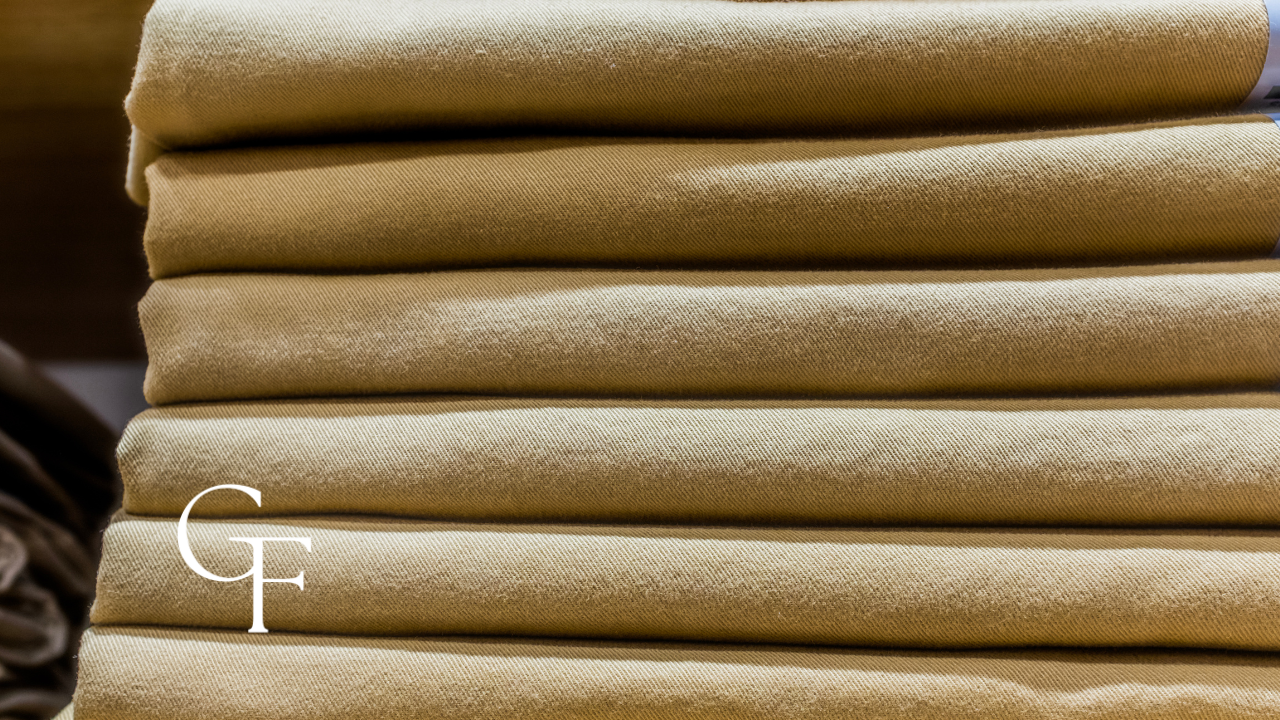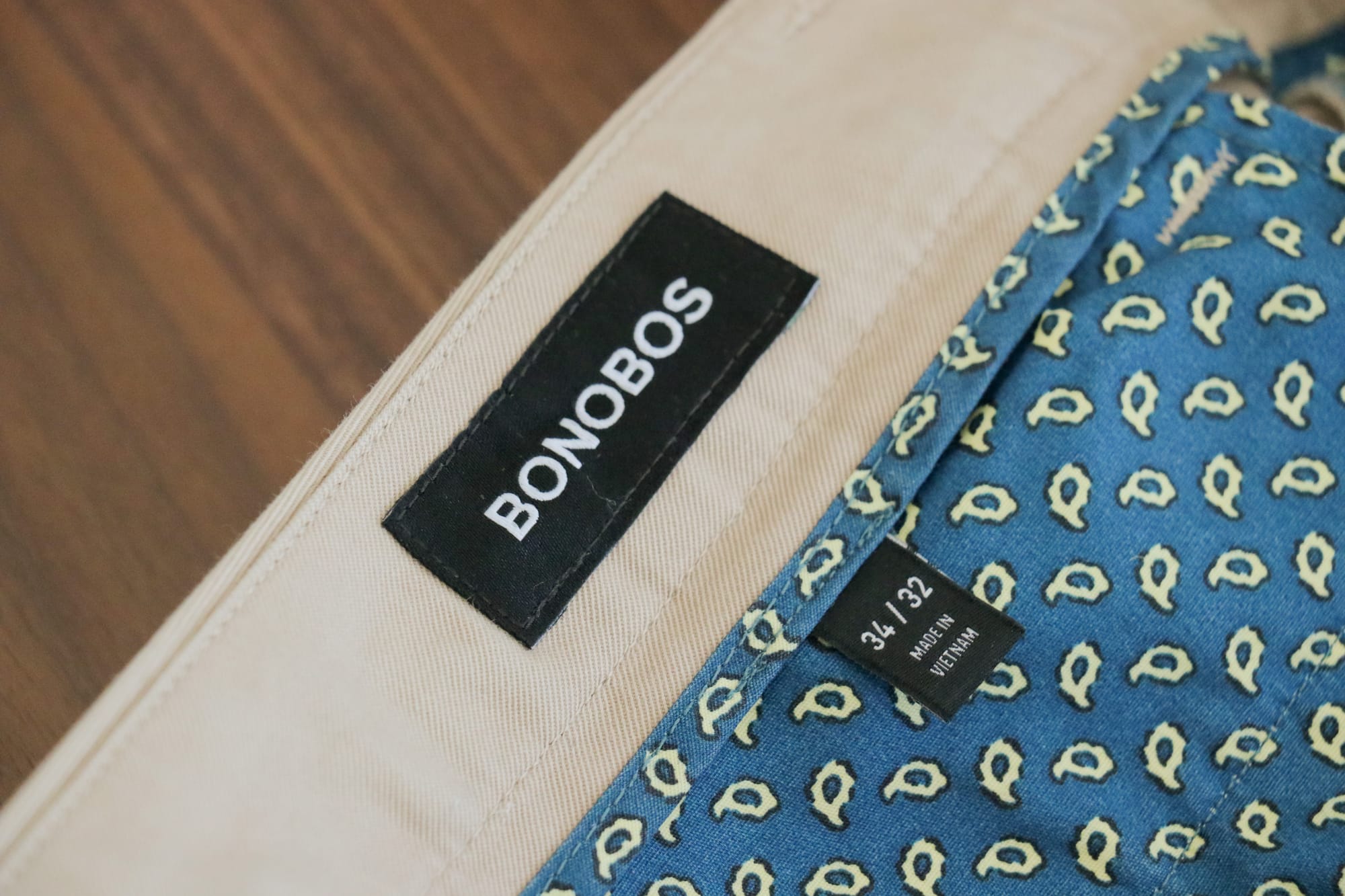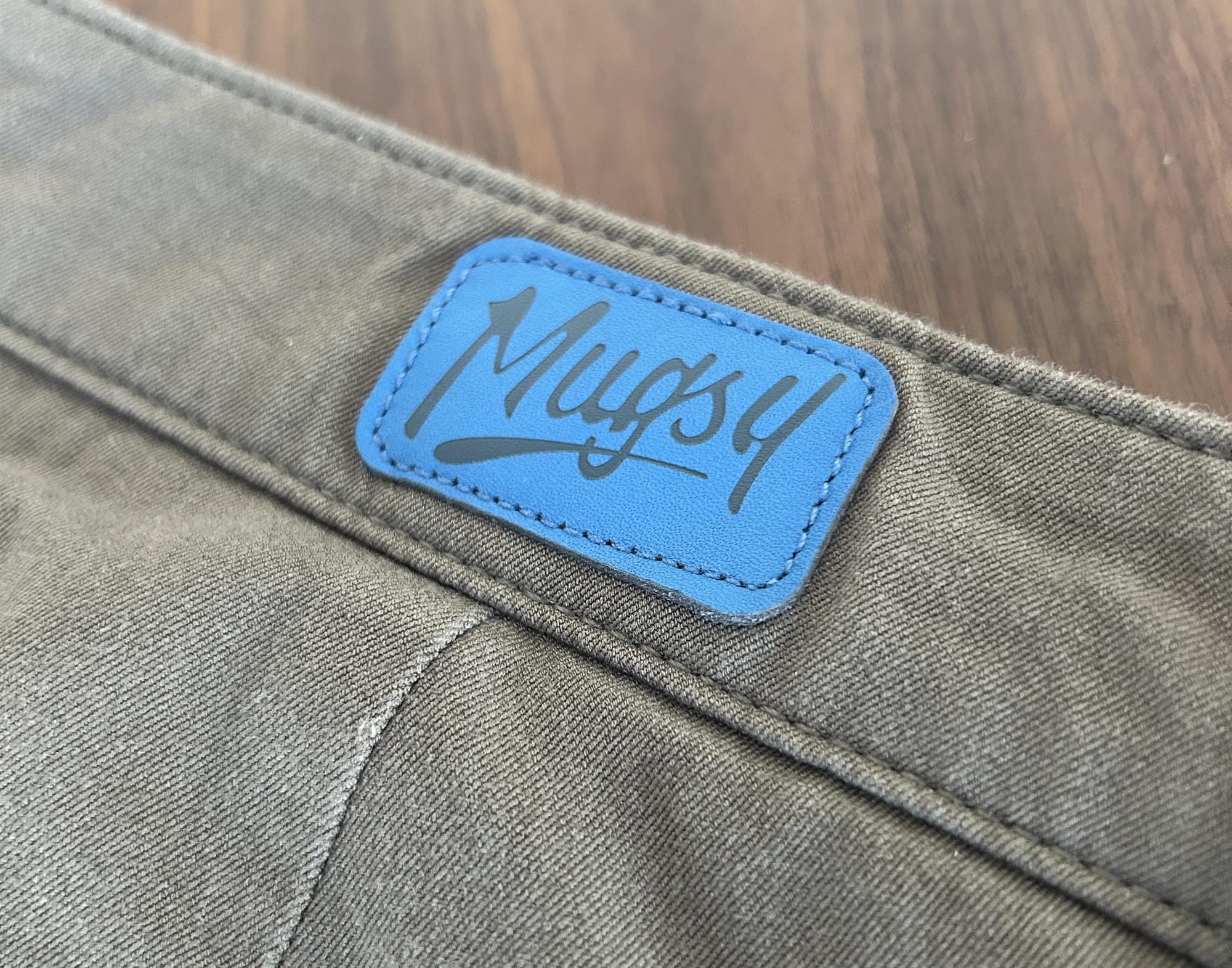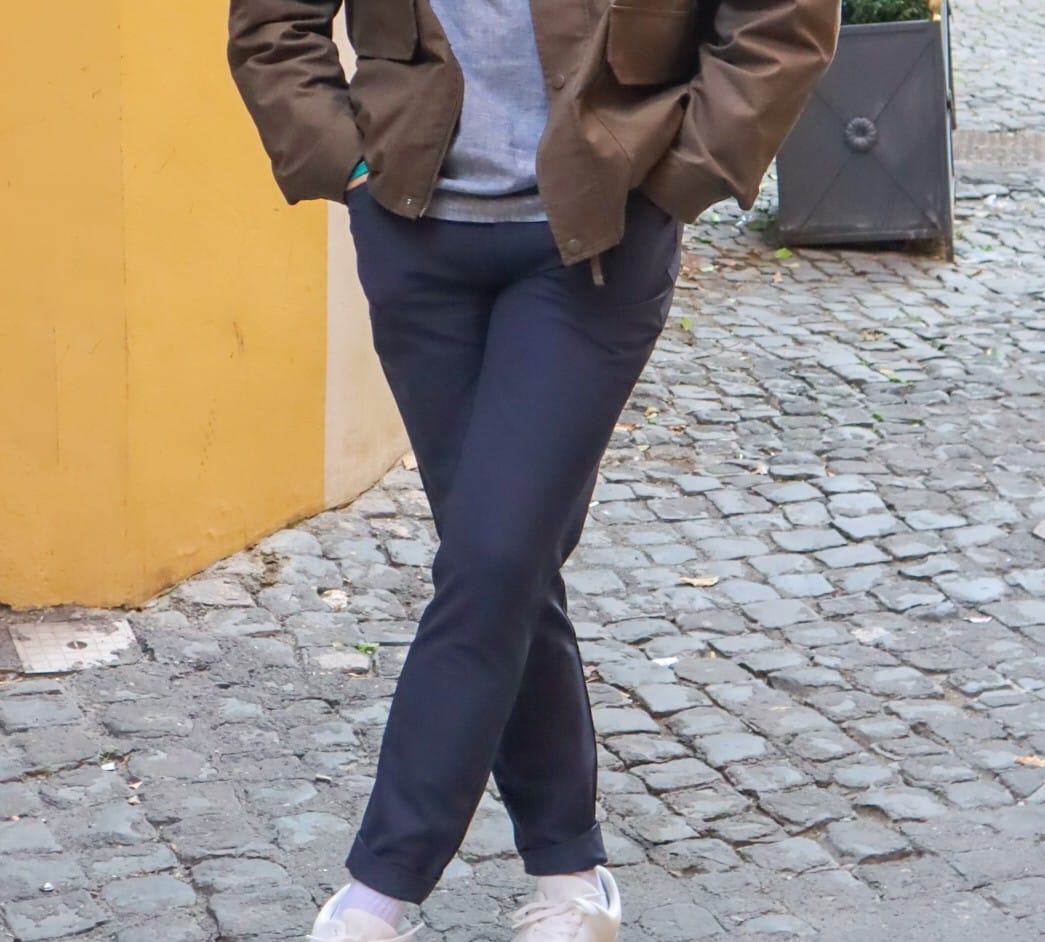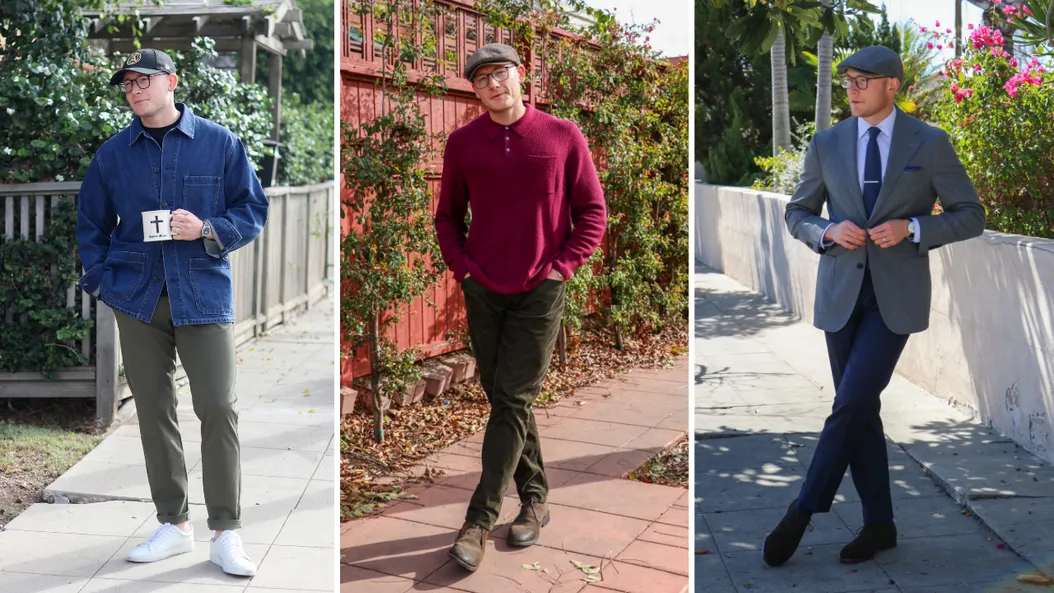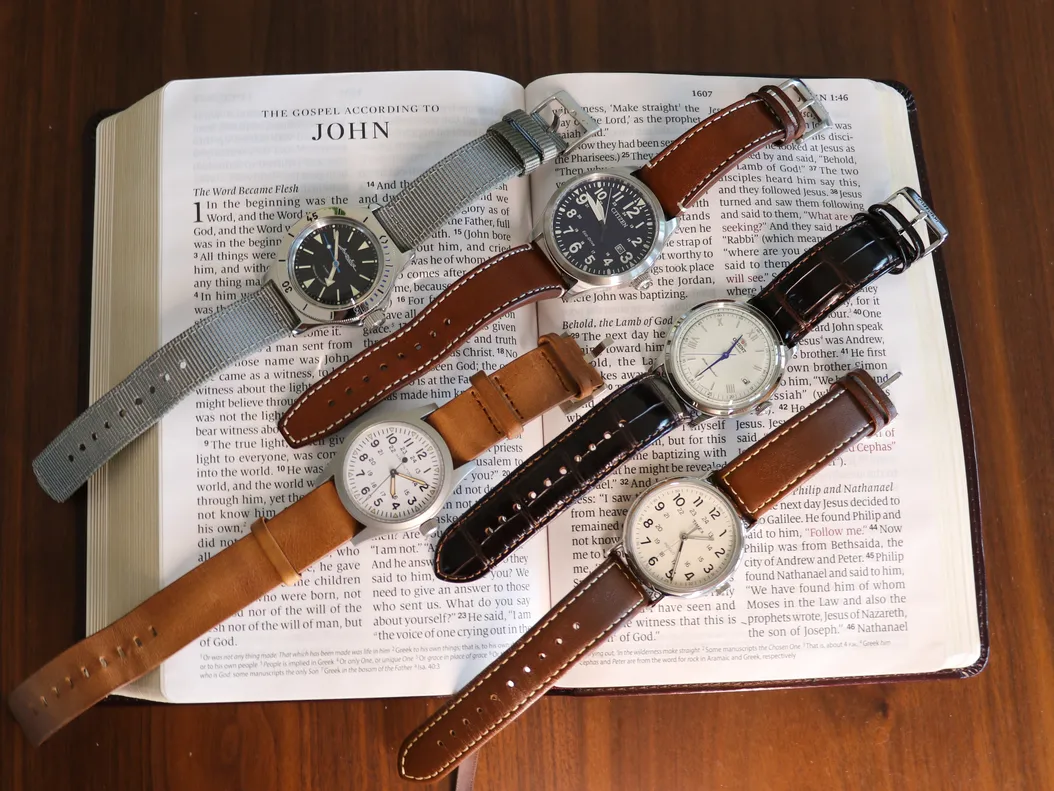
Introduction to Chino Pants
Chinos are perhaps the most versatile type of pants a man can buy today because they can be dressed up and down in various ways.
A simple and classic pair of khaki chinos can be mixed and matched with several other garment pieces throughout the year, and for this reason, I think every man ought to own at least one pair.
A Brief History of Khaki & Chino Pants
Like many classic menswear pieces, the robust history of khakis and chinos can be traced back to their military application and subsequent use across various entities.
Khaki pants originated in India in the late 1840s as a uniform for the Corps of Guides, a regiment comprised of British and Indian officers.
These men served primarily in the North-West Frontier, consisting of infantry and cavalry units.
Over time, this regiment adapted, renamed itself, and eventually established a new presence elsewhere.
The Corps of Guides was the first to adopt a khaki cotton uniform and enjoyed its practical use in a particularly arid environment.
The grandfather of khakis (and Commandant of the Corps), British General Sir Harry Burnett Lumsden, used dye from river mud and plants indigenous to the region for the cotton-twilled uniforms to better conceal his men from enemy forces in the arid environment.
Eventually, during the 1880s and onward, British colonial forces adopted khakis as their uniform of choice for future campaigns, including the Mahdist War from 1881 to 1899 and the Second Boer War from 1899 to 1902.
From this point onward, the greater British forces wore khakis, and the U.S. military followed suit by incorporating khaki uniforms in many of its branches.
By 1898, American forces stationed in the Philippines during the Spanish-American War would also become outfitted with cotton-twilled uniforms manufactured in China from chino cloth.
It is essential to note that khaki is a color, while chino refers to a type of pant; however, these terms are often used interchangeably nowadays.
By World War I, many American and British forces had adopted olive-drab khakis that would prove invaluable due to their lightweight, form-fitting construction.
They also served as a more practical camouflage than previously ornate, brightly styled military uniforms, which often featured more saturated colors. This inspired many other militaries across the globe, who quickly followed suit with their versions of these military fatigues.
From Military to Civilian
Fast-forward to the 1950s. Following the return of troops from World War II, civilians noticed the pants featured on magazine covers that american soldiers had worn while fighting abroad.
Thus, by the 1960s, khaki dress pants (now commonly known as chinos) had become a classic business casual staple, filling classrooms at higher learning institutions and offices across the nation.
I, myself, still wear my military chinos as part of my complete khaki uniform for the U.S. Navy and enjoy wearing various khaki and chino pants for casual outings in my personal life.
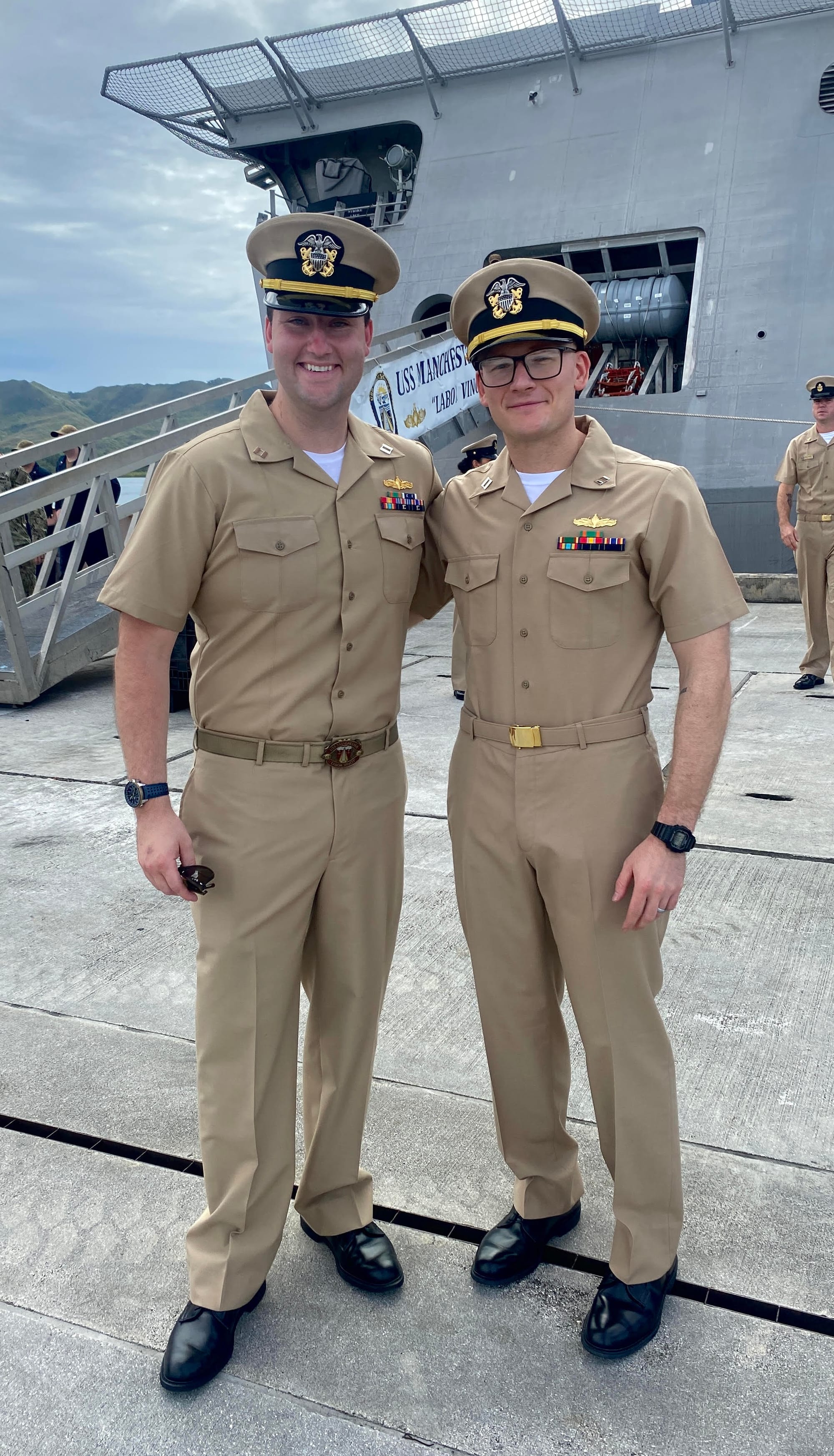
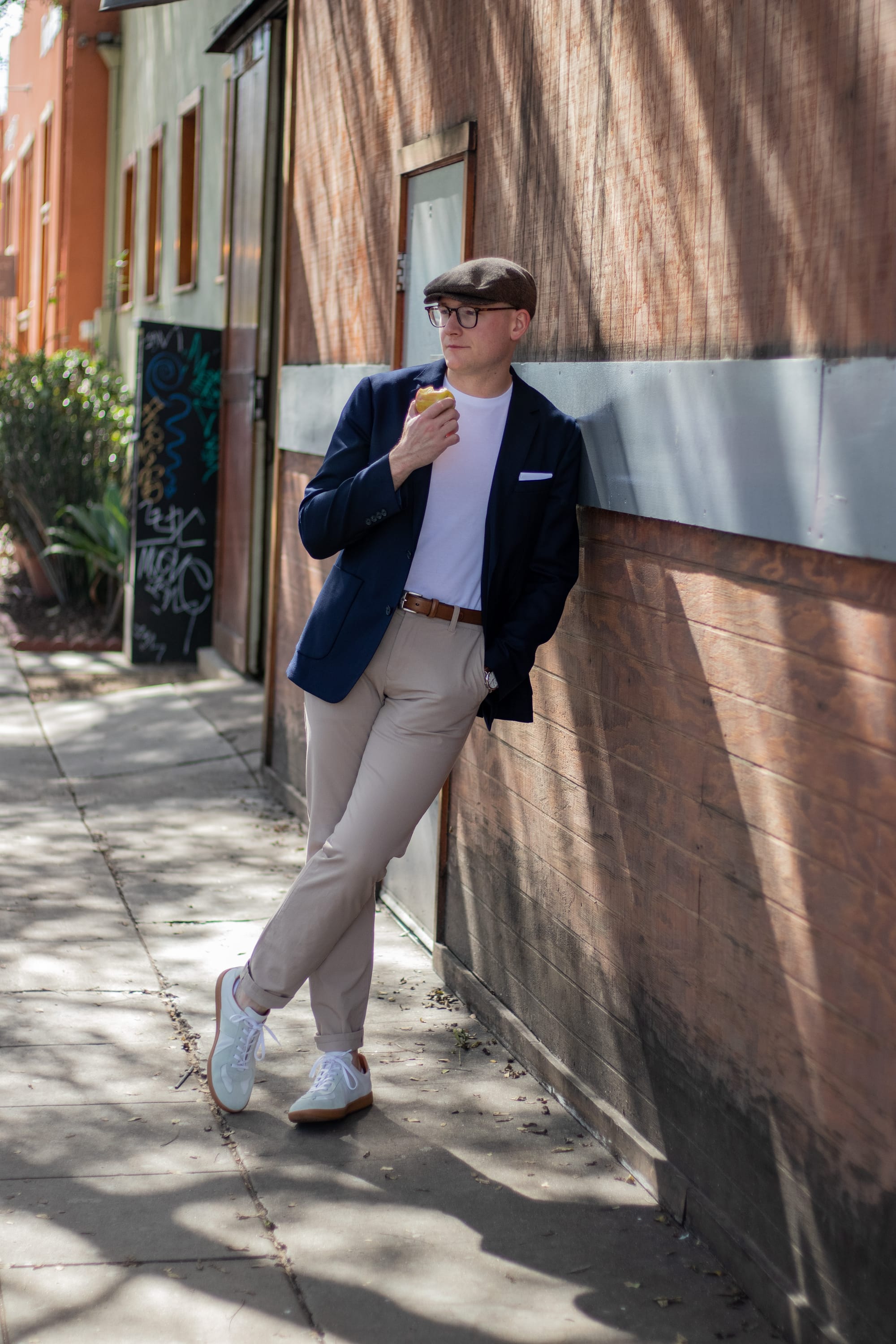
Fabric & Design
As mentioned, most chinos are constructed from a cotton-twill fabric that is often light, breathable, hardy, and versatile.
Nowadays, there are numerous types of chinos, and with the advancements in modern technology, some are made with synthetic materials to allow for more comfort and built-in stretch; these types of chinos are often called "tech" or "performance" chinos and, in some cases, do a great job of looking like formal dress pants while feeling more like workout or general lifestyle trousers.
Today, a chino's construction is more or less straightforward: flat-fronted (no pleats), concealed stitching, slanted front pockets, jetted back pockets (however, some have patched pockets), a zipper front fly, and belt loops.
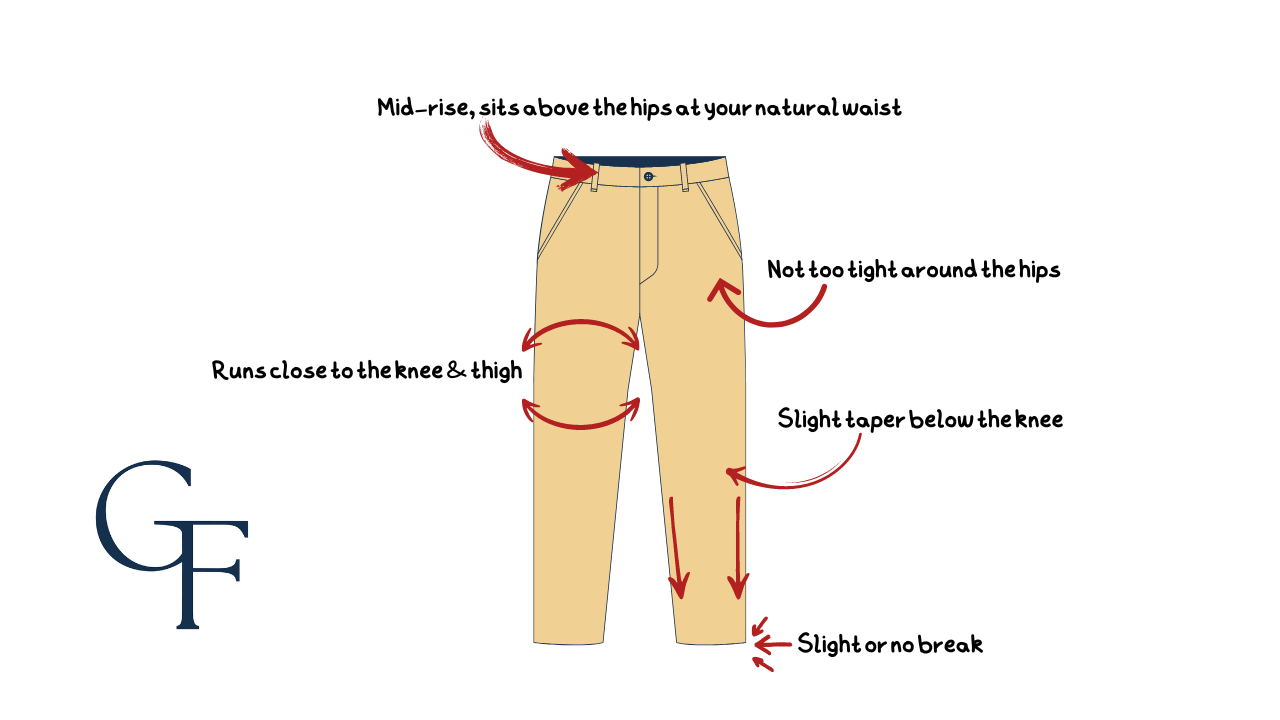
Which Colors Are the Best?
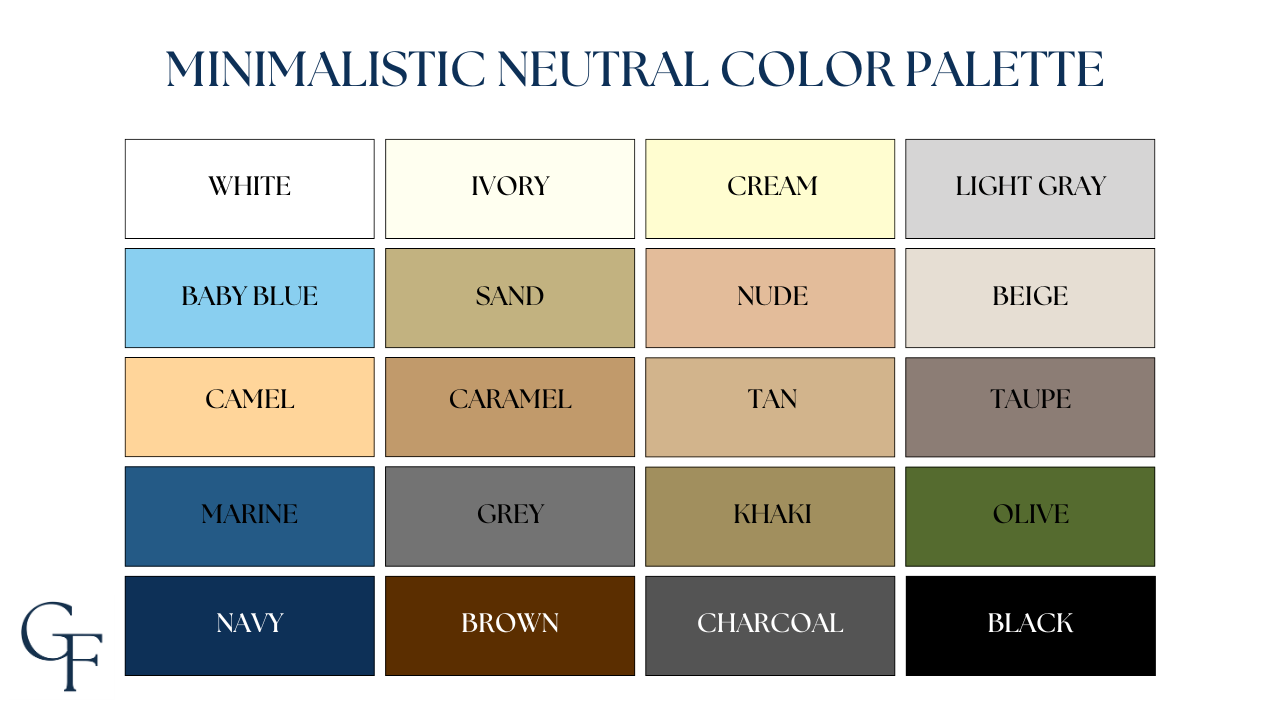
Sticking to neutral colors is the best strategy for maximizing the appeal of your chinos.
Admittedly, I'm a bit of a traditionalist because I believe the first pair of chino pants any man should own ought to be khaki. That said, I also recommend owning at least three to four pairs of chinos in different colors to maximize the number of outfits you can put together over time.
Choosing the Right Fit
Selecting the right chino pants fit is essential for both comfort and style. Keep in mind your body type and preferred style when choosing a fit, whether it’s slim-fit, straight-fit, or relaxed-fit.
Slim-Fit Chinos
These are designed for slimmer men or those who prefer a more fitted overall aesthetic. This is the tightest fit of chinos, often snug through the thigh with a noticeable taper down to the calves.
Avoid wearing this if you never skip leg day and have larger thighs. You might think that choosing slim-fit chinos or jeans will make you look slimmer, but depending on your body type, they could look too tight and be uncomfortable for you.
Good style should never come at the expense of comfort, and I have learned this the hard way myself.
Straight-Fit Chinos (a.k.a Straight-Leg)
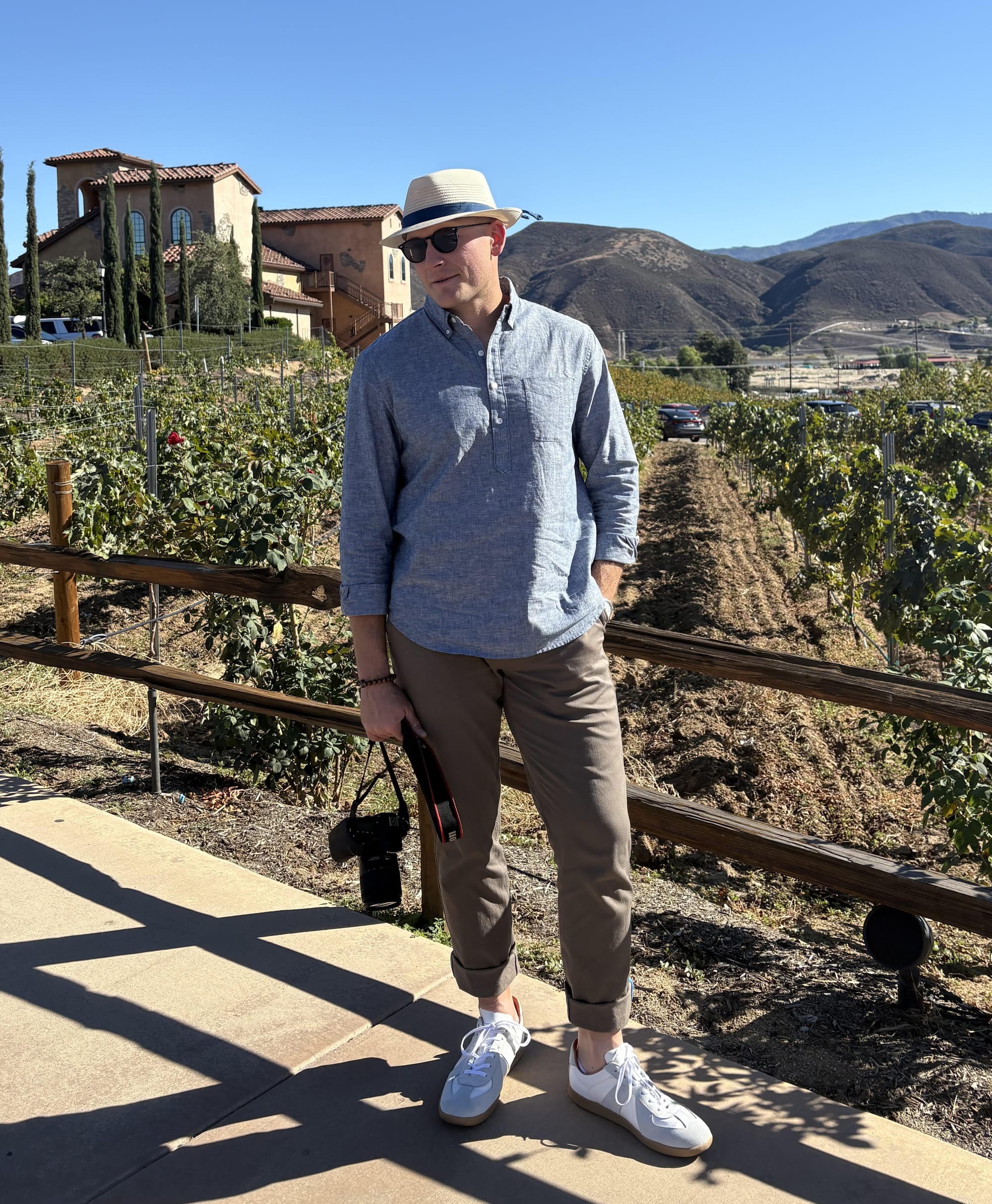
This fit of chino pants is sometimes referred to as the classic fit, characterized by a straight silhouette that extends from the seat, through the thigh, and down towards the calves.
If these are the only options available to you in a store and they fit fairly well, you can rest easy knowing that a good tailor can always hem, take in the waist, and even alter the pant legs to achieve a more fitted taper.
This means that these types of pants are often the best and easiest to alter due to their "no-nonsense" baseline silhouette. Of course, if you are the kind of guy who just wants a classic look for your pants, then keep them as is.
Athletic-Fit (a.k.a. Tapered Leg)
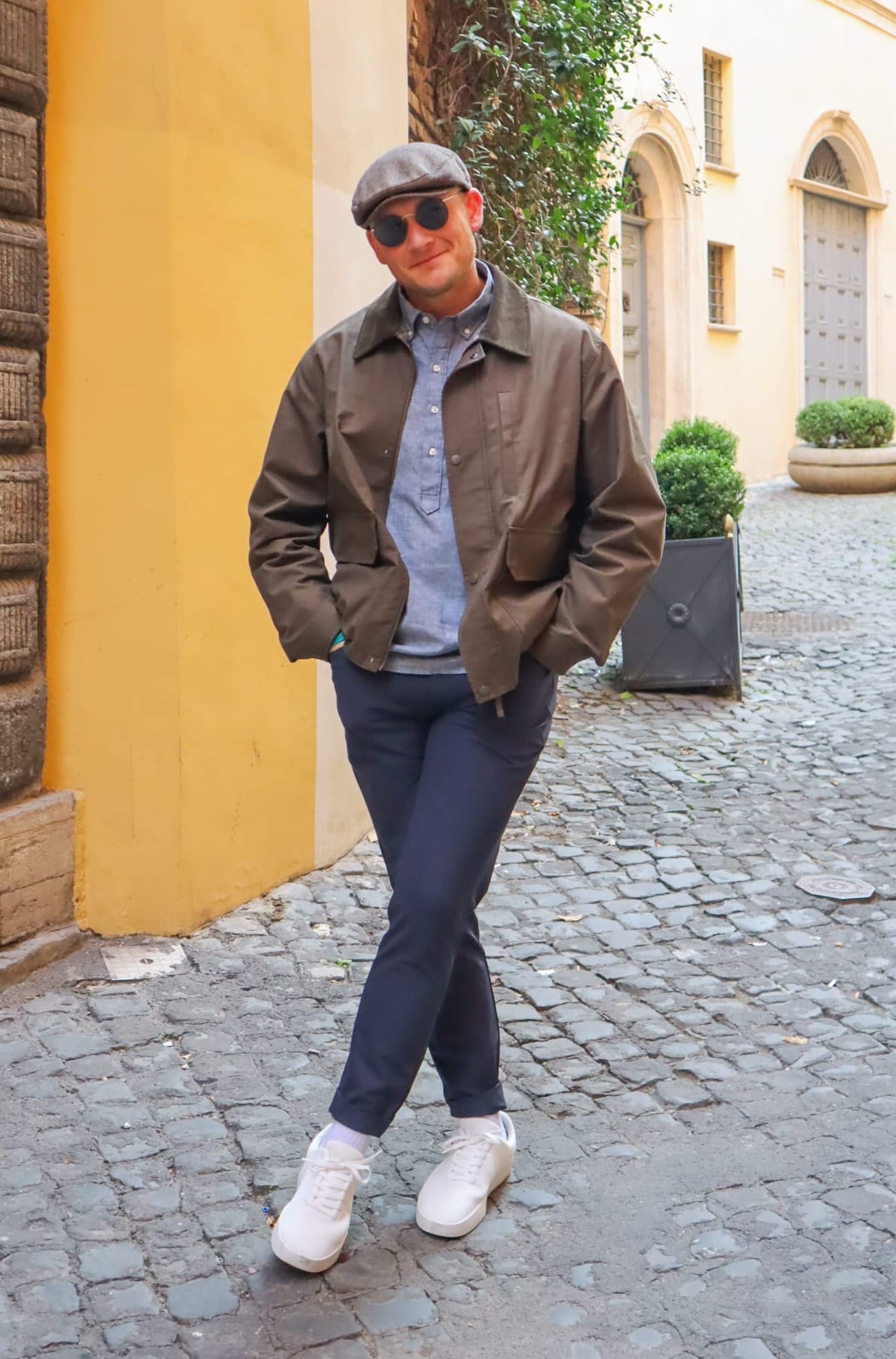
These are the chino pants and jeans I wear for myself.
Wear these if you're a fan of leg day at the gym or if you're like me and have some junk in the trunk. Think of this fit as a cross between slim-fit and straight-fit.
In other words, there’s extra room in the seat and thighs to avoid restricting movement or feeling uncomfortably tight, but it often has a fitted taper through the calves (below the knee). These are great for achieving the much-desired "upside-down" V shape that accompanies many athletically built men.
With that said, if you're relatively slim or very burly, don't think that wearing this fit of chinos will somehow make you look more athletic. Wear what complements your body type and learn to be okay with how God made you.
How to Wear Chinos
Styling chinos is effortless, as they can be paired with a range of tops, from t-shirts to dress shirts and leather jackets.
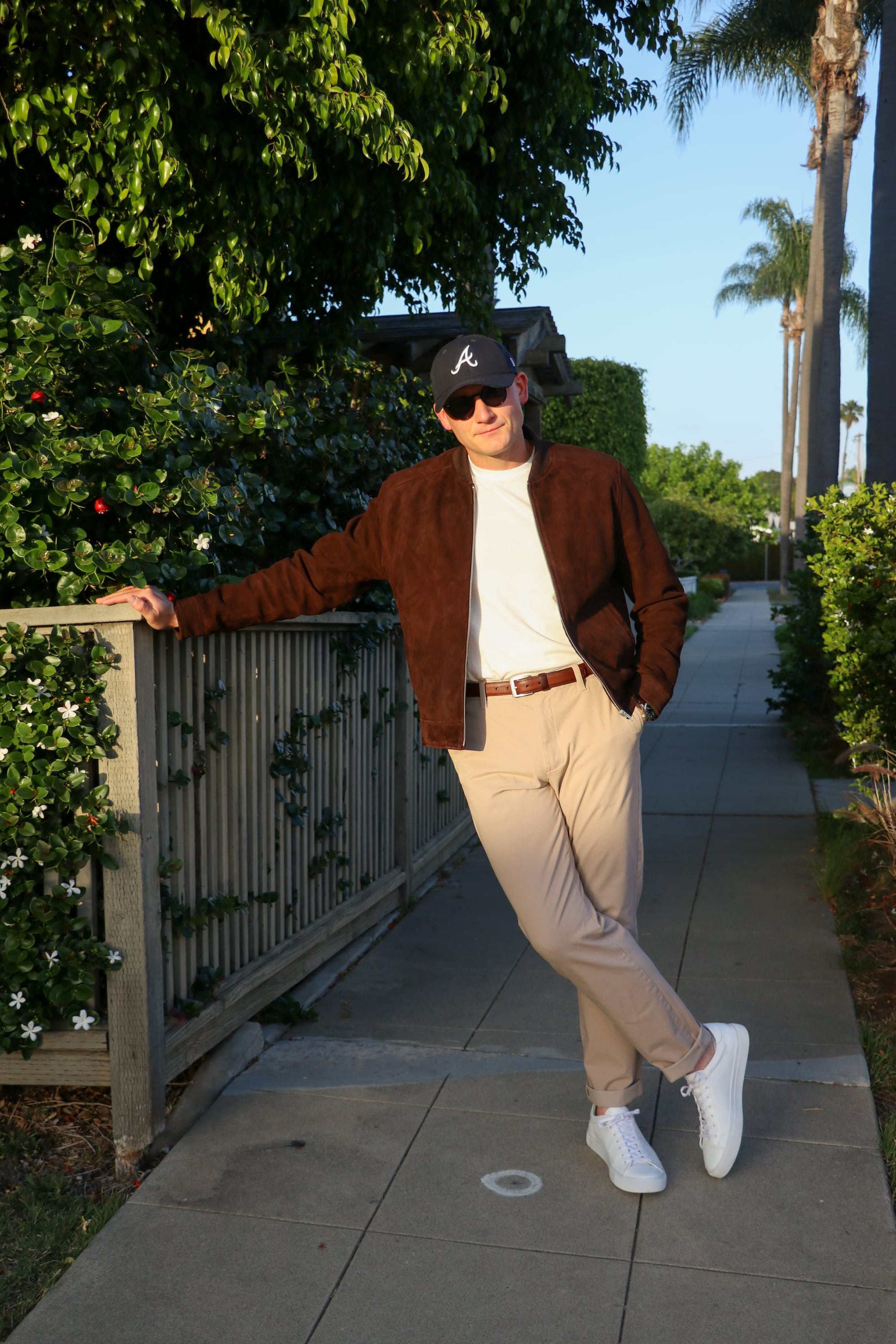
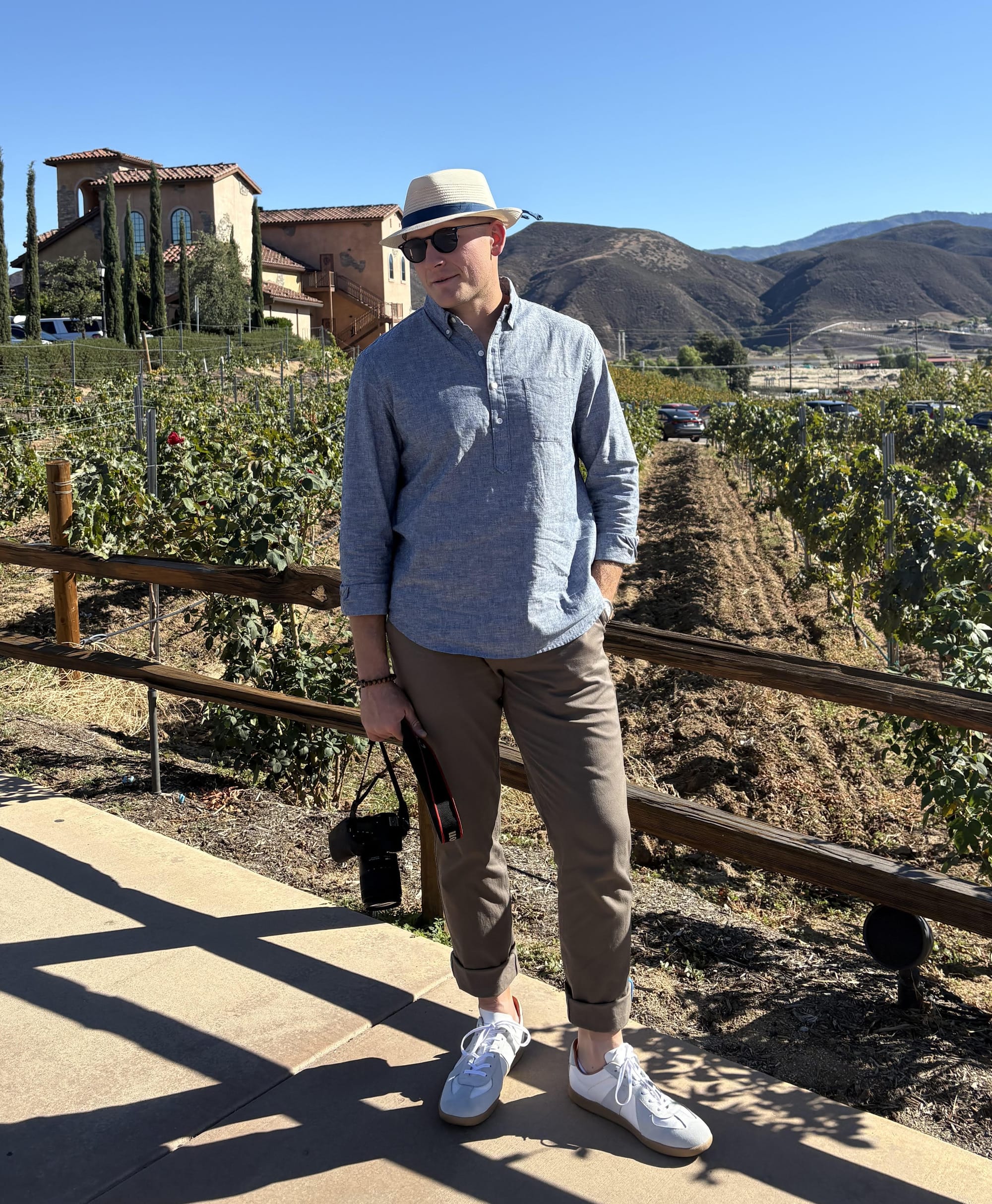

For a semi-formal look, pair chinos with a blazer and dress shoes, or opt for a more casual outfit with sneakers and a crew-neck or polo shirt.
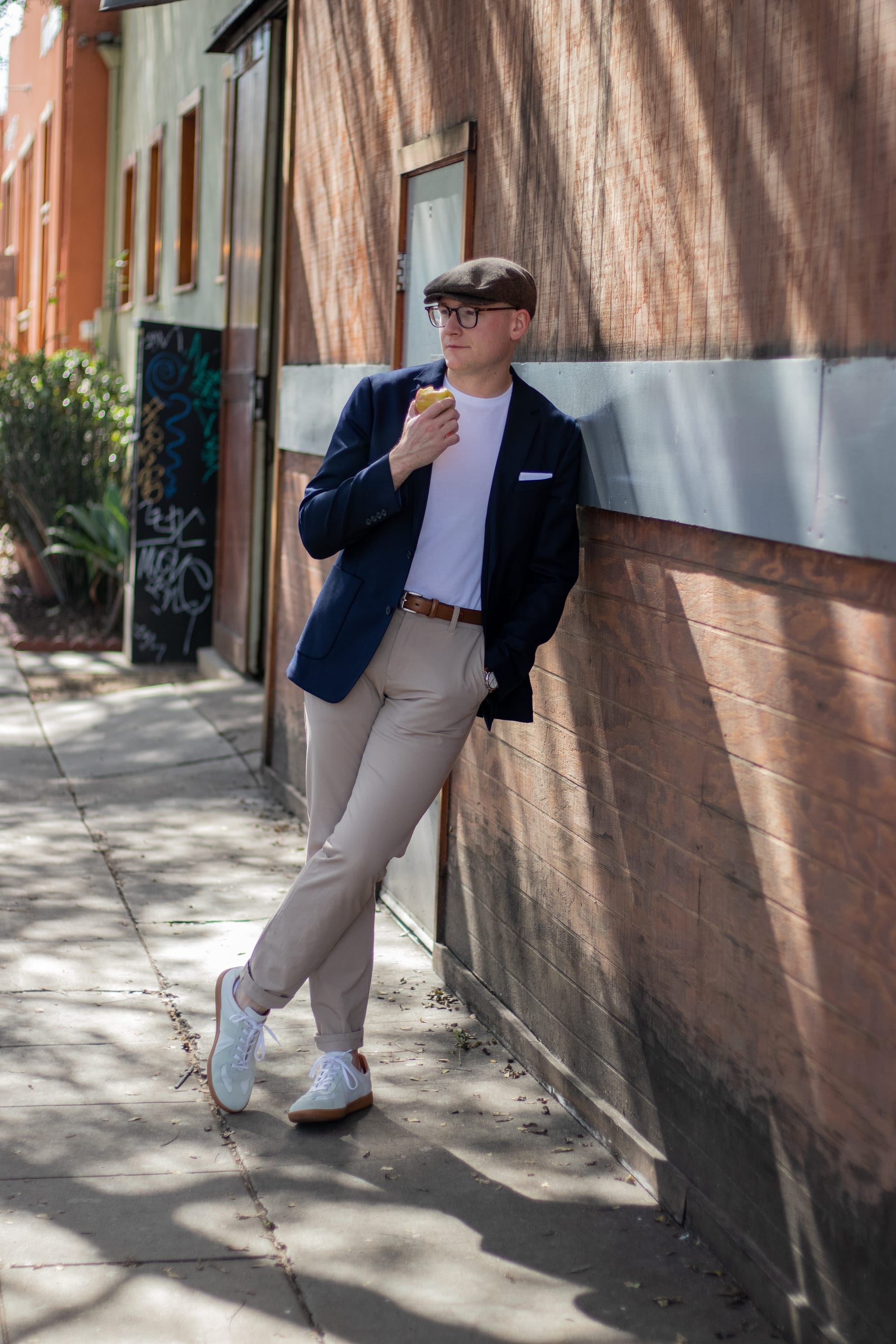
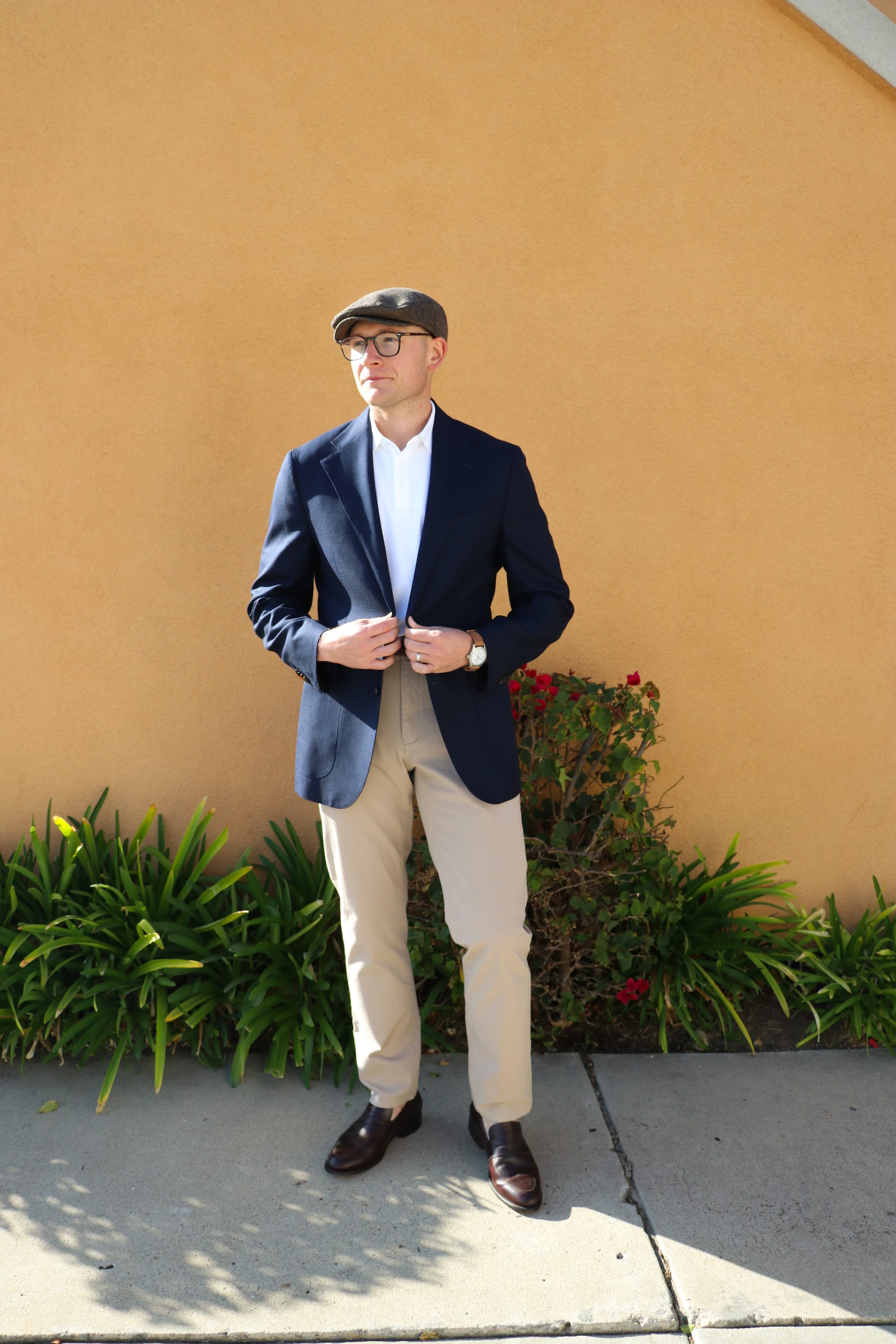
Again, neutral colors, such as classic khaki, navy, olive green, and gray, are versatile and easy to style.
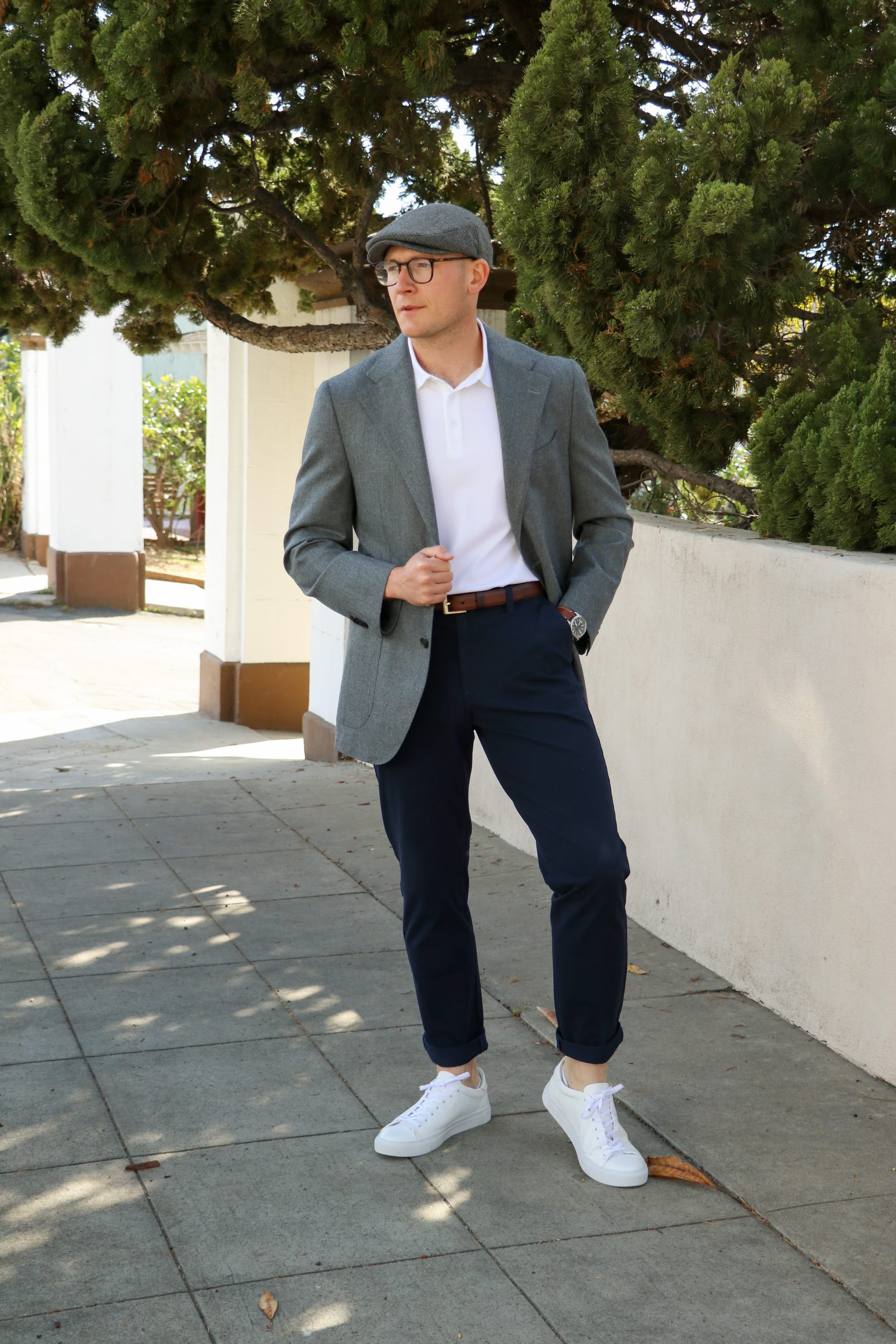
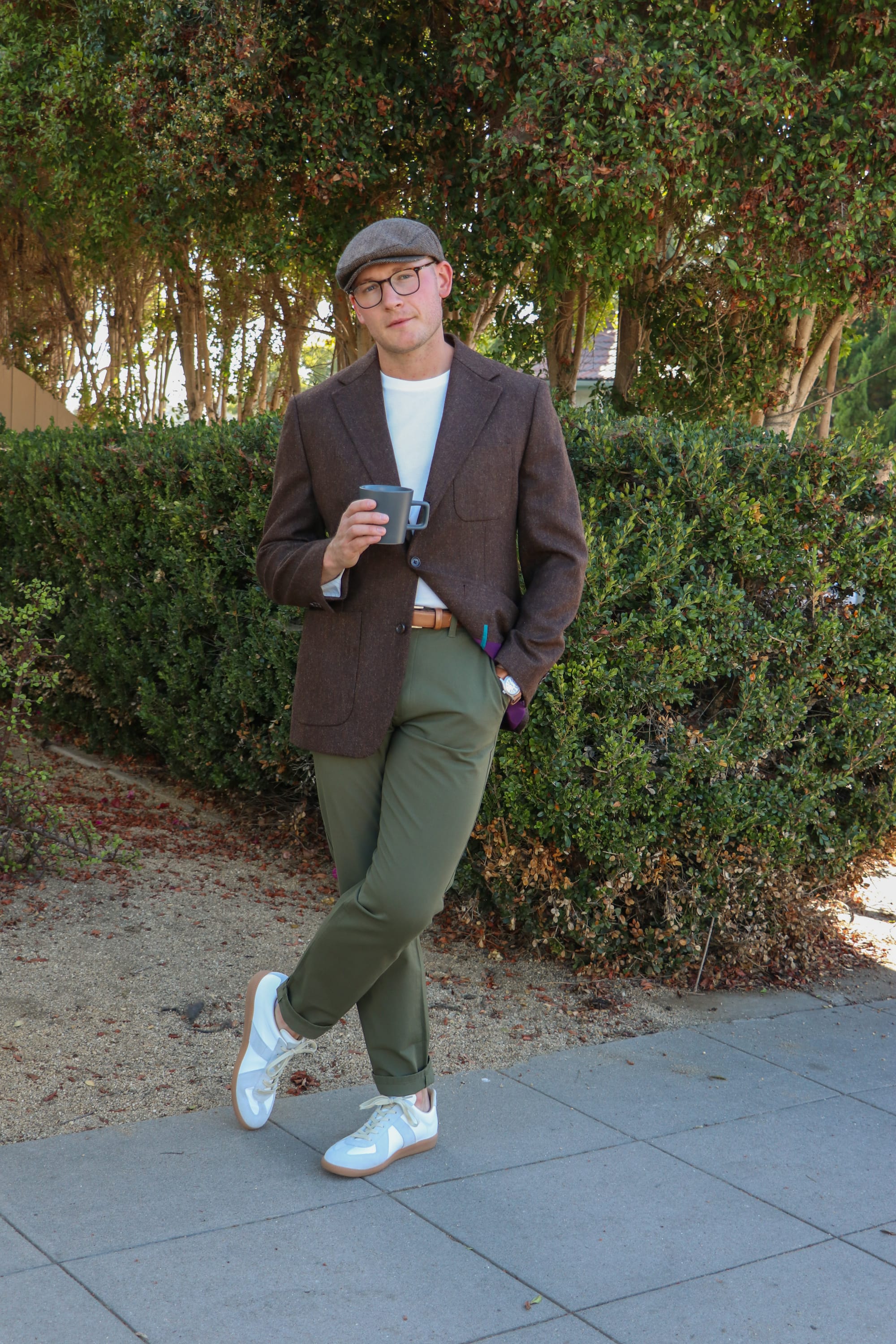
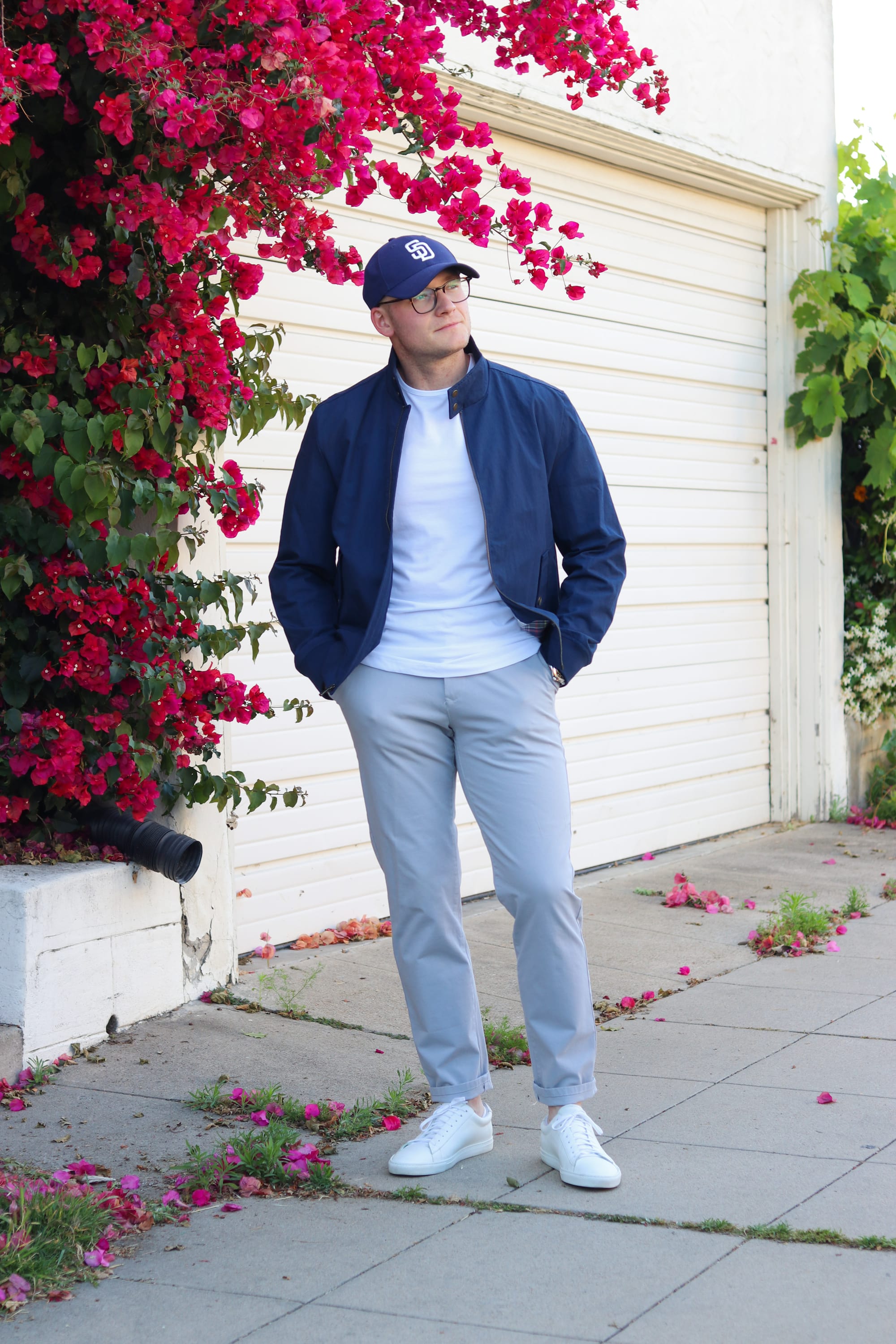
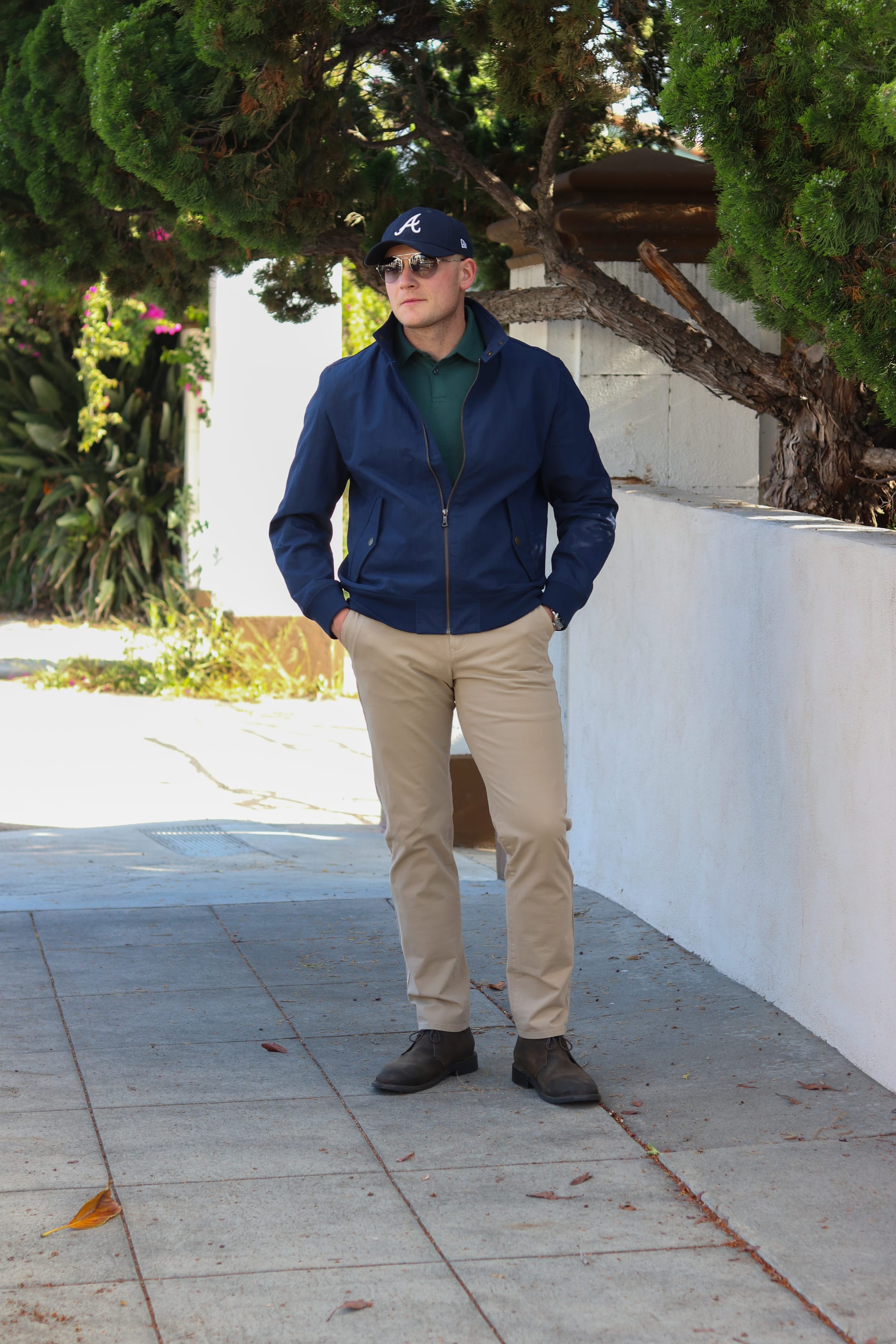
Caring for Chinos
Caring for chinos is relatively easy, as most fabrics require minimal maintenance due to their straightforward construction from cotton.
Wash chinos in cold water and avoid using fabric softener or bleach to preserve the fabric’s quality. Hang or fold chinos to prevent wrinkles and creases, and consider ironing for a crisp, polished look.
My Top Picks for Men's Chinos (Affordable vs. Best Quality vs. Most Comfortable)
Not all chinos are created equal, with differences in fabric, fit, style, and construction quality.
In my view, achieving a great fit for chinos doesn't always mean breaking the bank and paying for the best name brands. Again, if you have a reliable tailor in your wheelhouse, then I firmly believe that something like Amazon Essentials chinos can cover you just fine.
Amazon sells its variation of men's chinos for as little as $25, which are a blend of cotton and polyester for added stretch and comfort.
For those willing to invest in the best quality and fit without needing to visit a tailor, look no further than Bonobos. In my opinion, THESE are the best chinos for men:
Known for offering the best off-the-rack fit in their catalog, Bonobos initially built their reputation on the fit and quality of chino pants, which is why this brand frequently comes up in conversations about the best chino pants, full stop.
Every variation of Bonobos chino pants features a total of six fits. These include Classic, Slim, Slim Taper, Tailored, Athletic, and Straight styles, all available in classic colors and unique seasonal colorways. There's truly something for everyone here.
Of course, for those of you looking for the MOST stretch and comfort, check out the brands Mugsy, and State and Liberty.
Mugsy has been building quite a name for itself as a clothing brand, and I must say that these are some of the MOST comfortable chinos that I have ever worn, right out of the bag with no break-in period necessary.
Despite being only 55% cotton, they look quite handsome on the legs and could be dressed up quite well, in my opinion. However you choose to wear and style them, you can't go wrong with Mugsy's chino pants.
And lastly, for those athletically built gentlemen, State and Liberty is one of the very best options that I have found for any man looking to own a tried-and-true athletic "tech" chino.
Unlike Mugsy and Bonobos, State and Liberty's chinos prioritize fit and function over quality materials.
In fact, no cotton materials are used here at all. But, in my experience with these particular chinos, they work extremely well for everyday wear due to their moisture-wicking and four-way stretch.
Some guys don't need dressier chinos due to their chosen lifestyle, and for these types of men who NEVER skip leg day or love to play a few rounds of golf every now and again, I can't think of a better brand to recommend than State and Liberty.
Conclusion
Chinos are a fashion staple in any man's wardrobe, offering a perfect balance of style, comfort, and versatility for everyday wear. There’s a pair of chinos to suit every taste and preference for different occasions.
Whether dressing up for semi-formal events or down for casual occasions, every man can feel confident knowing that these pants will serve him well no matter where life takes him. Invest in a quality pair of chinos, prioritize comfort, and try experimenting with different styles and combinations to discover your ideal look.

